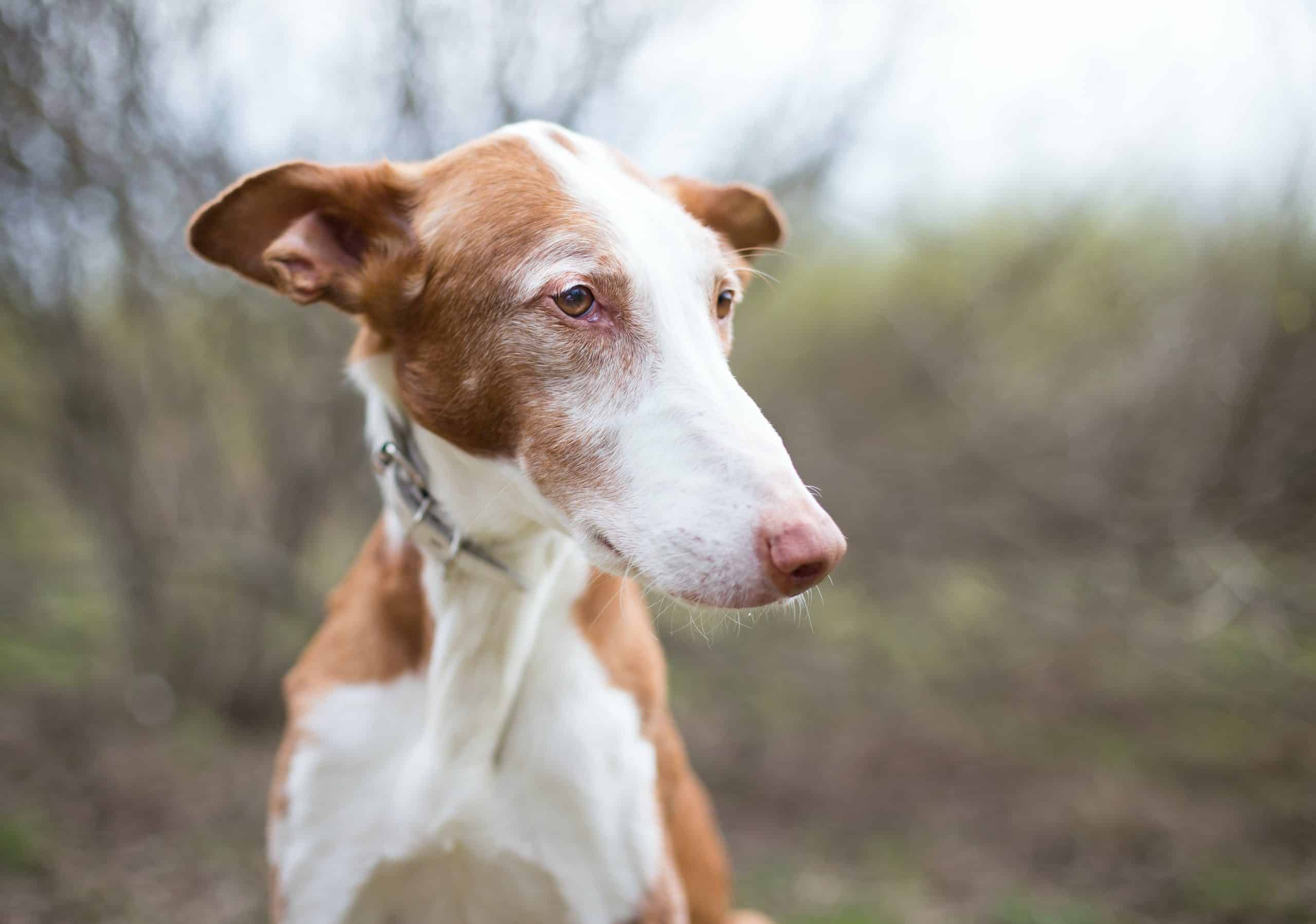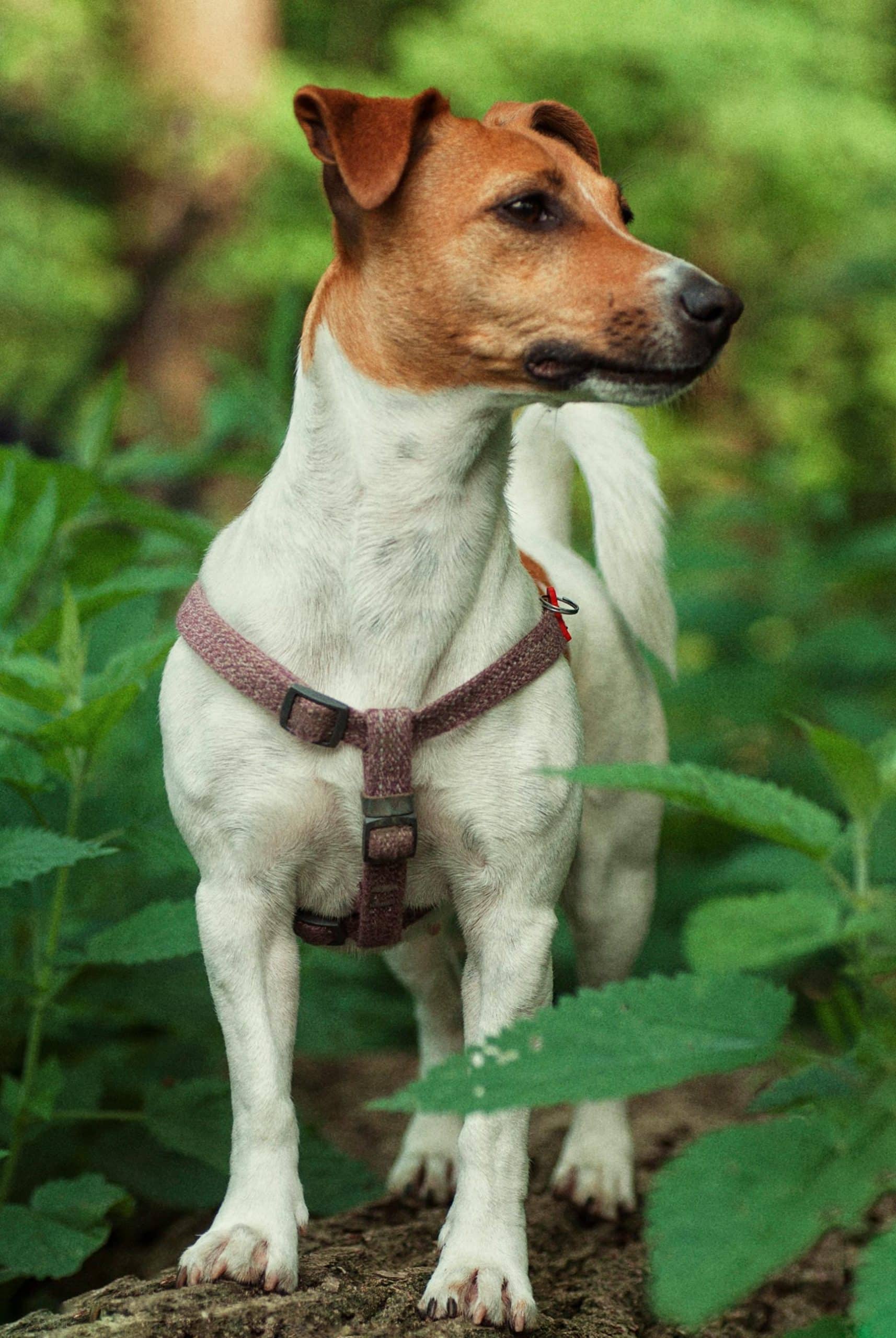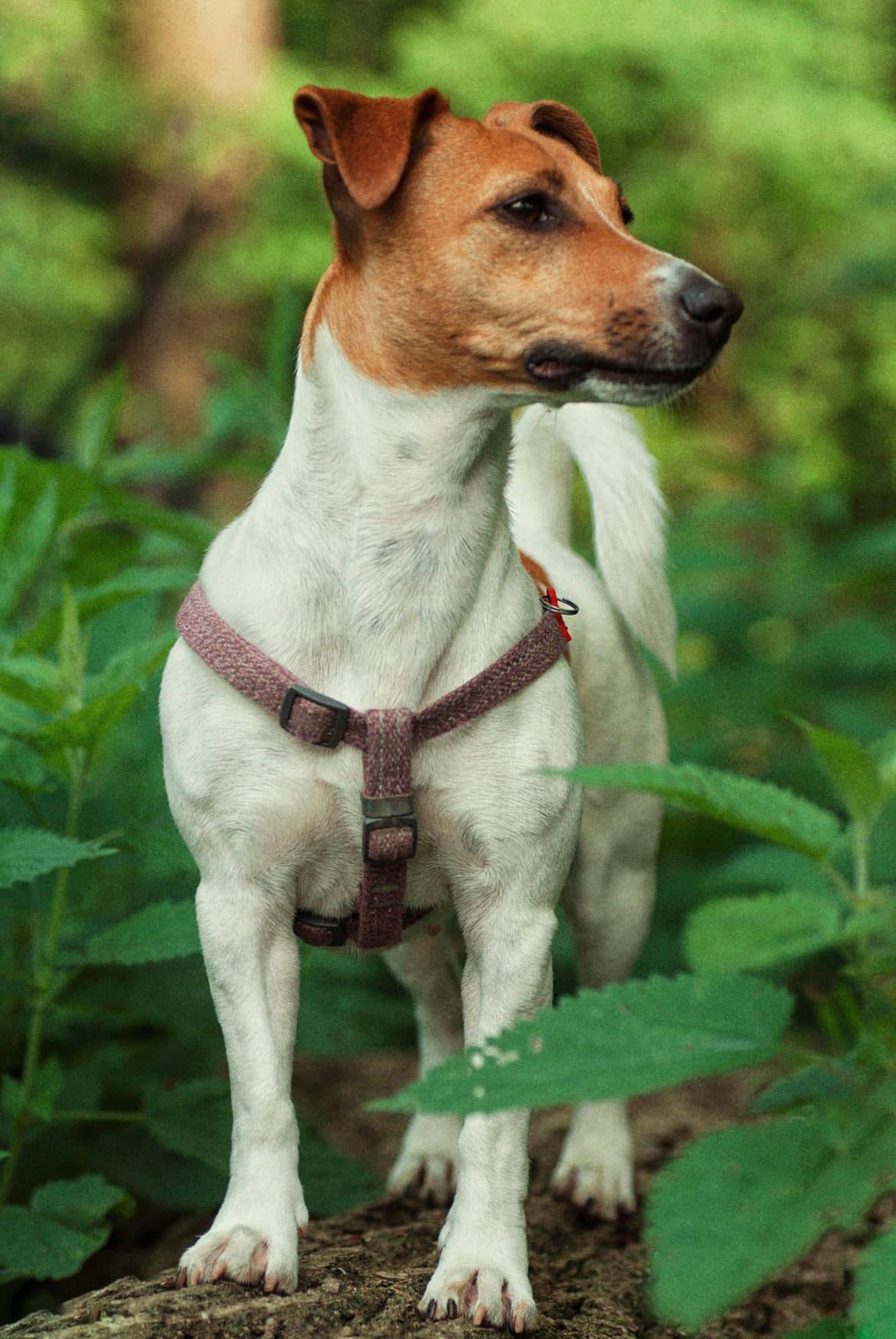If you have a furry friend who experiences separation anxiety, you're not alone. Many dogs struggle with being left alone, exhibiting signs of distress and anxiety when their owners are not around. However, there are effective strategies and tips available to help alleviate this separation anxiety and create a more peaceful environment for both you and your beloved pet. Understanding dog behavior and implementing the right techniques can make a world of difference in improving your dog's confidence and reducing their anxiety when left alone. In this article, we will explore some of these strategies and tips, providing you with the tools to help your dog overcome separation anxiety and thrive in your absence.
Understanding Separation Anxiety
What is separation anxiety?
Separation anxiety is a behavioral condition that occurs when a dog experiences distress and anxiety when they are left alone or separated from their owners. This condition can manifest as excessive barking, destructive behavior, pacing, or even self-harm. It is important to understand that separation anxiety is not a result of disobedience or a lack of training, but rather a manifestation of the deep bond and attachment between dogs and their owners.
Recognizing the signs of separation anxiety
Recognizing the signs of separation anxiety is crucial for effectively addressing and managing this condition. Some common signs of separation anxiety in dogs include excessive barking or howling, destructive chewing or scratching, house soiling despite being previously house-trained, attempting to escape or break out of confinement, panting excessively, pacing, and exhibiting signs of distress as you prepare to leave or return home. It is important to note that these signs may also be attributed to other factors, so it's essential to observe your dog's behavior consistently over time to determine if separation anxiety is the underlying cause.
Understanding the causes of separation anxiety in dogs
Separation anxiety can be rooted in various factors, including past traumatic experiences, changes in routine or household dynamics, lack of proper socialization, or even a genetic predisposition. Dogs that have experienced abandonment, prolonged confinement, or neglect are more likely to develop separation anxiety. Additionally, major life changes such as moving to a new home or the loss of a family member can trigger separation anxiety symptoms in dogs. Understanding the possible causes of separation anxiety can help inform your approach to managing and alleviating your dog's distress.
Building Independence
Gradually increasing alone time
One effective strategy for addressing separation anxiety is gradually increasing your dog's comfort with being alone. Start by implementing short periods of alone time and gradually extend the duration over time. Begin with leaving your dog alone for just a few minutes and then return before they begin to exhibit signs of distress. Slowly increase the duration as your dog becomes more comfortable and confident in their ability to be alone.
Teaching self-soothing behaviors
Teaching your dog self-soothing behaviors can be helpful in reducing separation anxiety. Encouraging activities such as chewing on appropriate toys or using puzzle feeders can engage your dog's mind and provide them with a positive distraction. By associating these activities with being alone, your dog can learn to self-soothe and feel more secure in their environment.
Creating a safe and comfortable environment
Creating a safe and comfortable environment is essential in minimizing separation anxiety. Ensure that your dog has access to their own designated space, such as a crate or a cozy den-like area. This space should be a retreat for your dog where they feel secure and comfortable. Include familiar items such as their bed, blankets, and toys to provide a sense of familiarity and alleviate anxiety.

This image is property of images.pexels.com.
Establishing a Consistent Routine
Setting fixed feeding and walking schedules
Establishing a consistent routine is beneficial for dogs with separation anxiety as it provides them with a sense of predictability and security. Set fixed times for feeding and walking, and stick to these schedules as closely as possible. Consistency in routines helps dogs feel more at ease and helps them develop a sense of control over their environment.
Creating predictable departure and arrival routines
Routine is not just about schedules; it also involves creating predictable departure and arrival routines. Dogs with separation anxiety often become anxious when they sense that their owners are leaving or returning home. Establishing a consistent routine for how you leave and arrive can help minimize the anxiety associated with these transitions. For example, you may create a goodbye ritual with a specific phrase and actions, and similarly, establish a predictable routine when you return home.
Consistency in training and commands
Consistency in training and commands is crucial in managing separation anxiety. Ensure that everyone in the household is using the same commands and techniques when interacting with your dog. This consistency helps your dog understand what is expected of them and provides them with a sense of stability and confidence. Positive reinforcement training techniques can be particularly effective in building a strong bond and trust with your dog, thereby reducing separation anxiety.
Positive Reinforcement Training
Rewarding calm behavior
Positive reinforcement training is an effective approach to addressing separation anxiety in dogs. Rewarding calm behavior instead of punishing anxiety-related behaviors helps your dog associate positive emotions with being alone. When your dog remains calm and relaxed during alone time, provide praise, treats, or affection as a reward. This reinforces the idea that being alone is a positive experience for your dog.
Using treats and toys as distractions
Using treats and toys as distractions can help divert your dog's attention away from their anxiety when you are leaving. Before you depart, give your dog a special treat or puzzle toy that will keep them mentally stimulated during your absence. This can help redirect their focus and provide a positive association with your departure.
Desensitization techniques
Desensitization techniques involve exposing your dog to gradual increments of the stimuli that trigger their anxiety in a controlled and positive manner. For example, if your dog becomes distressed when they see you putting on your coat before leaving, you can desensitize them by repeatedly putting on your coat but not actually leaving. Over time, your dog will start to associate the previously anxiety-inducing stimulus with a lack of consequence, helping to reduce their anxiety.

This image is property of images.pexels.com.
Exercise and Mental Stimulation
Regular physical exercise
Regular physical exercise is essential in managing separation anxiety. Exercise provides an outlet for your dog's energy, reduces stress levels, and promotes overall well-being. Engaging in activities such as brisk walks, jogging, or play sessions can tire your dog physically and mentally, making them calmer and more relaxed during periods of alone time.
Engaging mental stimulation activities
In addition to physical exercise, mental stimulation activities are vital for dogs with separation anxiety. Enriching your dog's environment with interactive toys, puzzle feeders, or treat-dispensing toys can keep their minds occupied and prevent boredom. Mental stimulation not only offers an outlet for your dog's energy but also helps divert their focus from their anxiety.
Interactive toys and puzzles
Interactive toys and puzzles can be valuable tools in managing separation anxiety. These toys are designed to challenge your dog's problem-solving skills and keep them engaged for extended periods. By providing your dog with interactive toys or puzzle games before you leave, you can redirect their focus onto something positive and mentally stimulating, helping to alleviate their anxiety.
Seeking Professional Help
Consulting a veterinarian or animal behaviorist
If your dog's separation anxiety persists or worsens despite your efforts, it may be beneficial to consult a veterinarian or animal behaviorist. These professionals can help assess your dog's specific needs and recommend personalized strategies to address their separation anxiety. They may also rule out any underlying medical conditions that could contribute to your dog's anxiety.
Exploring medication options
In some cases, medication may be necessary to manage severe separation anxiety in dogs. If other strategies have proven ineffective, consulting your veterinarian about medication options can provide additional support for your dog. Medication may help reduce anxiety levels and enable your dog to better cope with being alone. However, it's important to note that medication should always be used in conjunction with behavioral modification techniques and under the guidance of a professional.
Working with a professional dog trainer
Engaging the services of a professional dog trainer can greatly assist in managing separation anxiety. A trainer with experience in behavior modification techniques can design a customized training plan to address your dog's specific needs. They will work with you and your dog to implement effective strategies and provide guidance and support throughout the training process.

This image is property of images.pexels.com.
Environmental Enrichment
Providing engaging toys and chews
Environmental enrichment plays a significant role in managing separation anxiety. Providing your dog with a variety of engaging toys and chews can help keep them entertained and prevent boredom. Look for toys that can withstand chewing and provide mental stimulation, such as puzzle toys or treat-dispensing toys. Rotating the toys regularly can help maintain your dog's interest and prevent them from becoming bored with their environment.
Creating a secure den-like space
Creating a secure den-like space for your dog can help alleviate separation anxiety. Dogs have a natural instinct to seek out small, enclosed spaces as they find them comforting. Provide your dog with a crate or a designated area where they can retreat to when they feel overwhelmed or anxious. Make this space cozy and inviting by adding comfortable bedding, familiar scents, and soft lighting.
Using calming pheromone products
Calming pheromone products, such as pheromone diffusers or sprays, can help create a calming environment for dogs with separation anxiety. These products mimic the natural pheromones produced by mother dogs during nursing, which have a soothing effect on dogs. Placing a diffuser in the area where your dog spends most of their time or using a calming spray on their bedding can help reduce their anxiety and promote a sense of relaxation.
Coping Strategies for Departures
Gradual departures and arrivals
When leaving or returning home, it is important to keep departures and arrivals low-key and gradual. Avoid sudden or dramatic entrances or exits, as these can heighten your dog's anxiety. Slowly acclimate your dog to your departure routine by incorporating short departures and gradually increasing the duration over time. Similarly, when you return home, give your dog a few minutes to calm down before engaging in excited greetings.
Creating a calm atmosphere before leaving
Creating a calm atmosphere before leaving can help set a positive tone for your dog's alone time. Establish a pre-departure routine that includes calming activities such as gentle petting, soothing music, or a relaxing massage. By creating a peaceful environment, you can help reduce your dog's anxiety and promote a sense of relaxation.
Avoiding prolonged goodbyes
While it can be tempting to shower your dog with affection and long goodbyes, this can actually reinforce their anxiety and make the separation more difficult for them. Instead, keep departures low-key and brief. Offer a quick pat or word of reassurance, and then leave without drawing out the farewell. This helps your dog understand that departures are a normal part of their daily routine and reduces the emotional intensity surrounding your exits.
Socialization and Positive Experiences
Introducing your dog to new people and environments
Socialization plays a crucial role in managing separation anxiety. Gradually exposing your dog to new people, places, and experiences can help build their confidence and reduce anxiety. Take your dog on regular outings to different environments and introduce them to new individuals in a positive and controlled manner. This exposure helps broaden your dog's comfort zone and reduces their reliance on you as their sole source of security.
Reward-based encounters with other dogs
Positive encounters with other dogs can promote socialization and help alleviate separation anxiety. Arrange playdates with friendly, well-behaved dogs and supervise their interactions to ensure they are positive and rewarding. These experiences can help boost your dog's social skills and provide them with opportunities for independent play, reducing their reliance on you for constant companionship.
Frequent exposure to positive experiences
Frequent exposure to positive experiences is important for dogs with separation anxiety. Offer your dog opportunities to engage in enjoyable activities such as going for walks, playing with favorite toys, or participating in training sessions. By providing a variety of positive experiences, your dog's focus shifts from anticipating your departure to enjoying the present moment, helping to reduce their anxiety.
Alternative Strategies and Products
Using music or white noise machines
Playing calming music or using white noise machines can help soothe dogs with separation anxiety. The gentle melodies or ambient sounds can drown out external noise and create a sense of tranquility in the environment. Experiment with different types of music or white noise until you find the ones that have a calming effect on your dog.
Therapeutic products such as anxiety wraps and sprays
Therapeutic products, such as anxiety wraps or sprays, can provide additional support in managing separation anxiety. Anxiety wraps, like Thundershirts, provide gentle, constant pressure that can help calm anxious dogs. Sprays infused with soothing scents like lavender or chamomile can also have a calming effect. These products should be used in conjunction with other behavioral modification techniques for maximum effectiveness.
Consideration of companion animals
Introducing a companion animal can be beneficial in managing separation anxiety for some dogs. The presence of another animal in the household can provide comfort and companionship during periods of alone time. Before adopting another pet, consider your dog's temperament, compatibility with other animals, and consult with a professional to ensure it is the right choice for your dog.
In conclusion, separation anxiety in dogs can be a distressing condition for both the dog and their owner. However, with a combination of understanding, patience, and positive reinforcement, it is possible to effectively manage and alleviate separation anxiety. By gradually building independence, establishing consistent routines, employing positive reinforcement training, providing exercise and mental stimulation, seeking professional help if needed, enriching the environment, utilizing coping strategies for departures, encouraging socialization and positive experiences, and exploring alternative strategies and products, you can help your dog overcome separation anxiety and lead a happier, more balanced life. Remember to approach the process with kindness, empathy, and a willingness to adapt your approach to meet your dog's changing needs.


